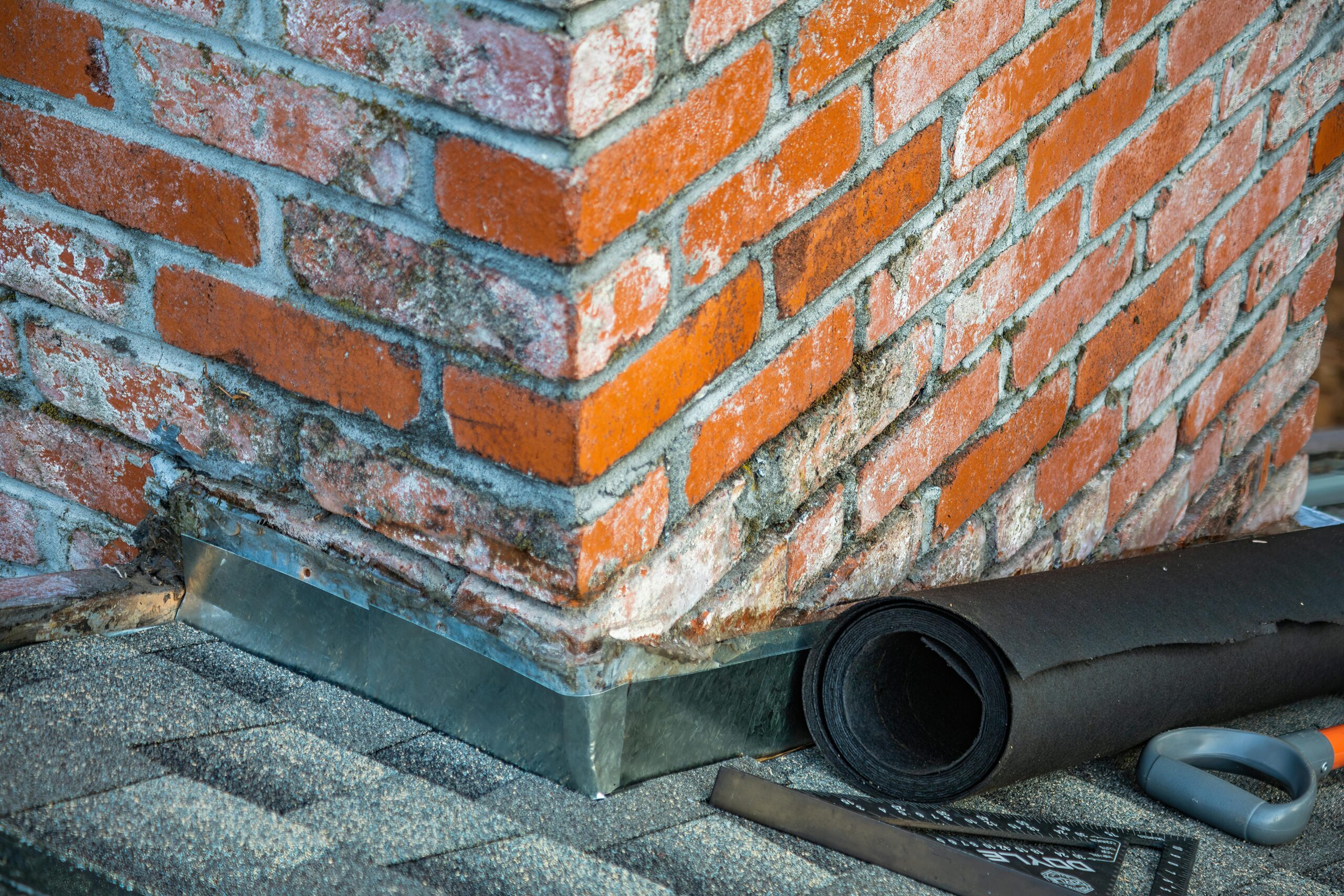Roof flashing is a thin, weatherproof material installed at the joints, edges, and penetrations of your roof to prevent water infiltration. Despite being one of the least noticeable components of your roofing system, flashing plays a critical role in protecting your home from moisture damage. This article explores the different types of roof flashing, their specific purposes, common problems that arise when flashing fails, and why maintaining this essential roofing component should be a priority for every homeowner. Understanding roof flashing is crucial for preserving your home’s structural integrity and preventing potentially costly water damage.
Understanding Roof Flashing Basics
Roof flashing serves as a defensive barrier against water at the most vulnerable areas of your roof. Typically made from galvanized steel, aluminum, copper, or lead, flashing materials are chosen for their durability and resistance to corrosion. The primary purpose of roof flashing types is to direct water away from critical junctions where roofing materials meet walls, chimneys, vents, or other roof features. Without proper flashing installation, these intersection points would remain susceptible to leaks, allowing water to penetrate your home’s interior and cause significant damage over time. Professional roofers understand that effective flashing installation requires precision and expertise, as improper installation can nullify its protective benefits entirely.
Common Types of Roof Flashing
Step flashing is one of the most frequently used flashing methods, especially where a roof meets a wall. The step flashing roof technique involves installing rectangular pieces of flashing material that overlap each other along with shingles to create a water-tight seal. This staggered installation creates a stepped appearance, hence the name, and ensures that water flows down and away from the wall-roof junction rather than seeping underneath.
Valley flashing protects the internal angles where two roof planes meet. These V-shaped valleys collect a significant amount of water during rainfall, making them particularly vulnerable to leaks if not properly protected. Valley flashing replacement becomes necessary when the existing flashing shows signs of deterioration like rust, cracks, or separation. Many homeowners don’t realize that valleys handle more water per square foot than any other part of the roof, highlighting their critical importance in the roofing system.
Chimney flashing consists of several components working together to protect the junction where the chimney penetrates the roof. Base flashing, counter flashing, and sometimes cricket flashing (a small peaked structure behind the chimney) work together to prevent water from entering this complex junction. When you need to repair chimney flashing leak issues, it’s important to identify which specific component of the chimney flashing system has failed rather than assuming the entire system needs replacement.
Signs Your Roof Flashing Needs Attention
Water stains on interior walls or ceilings often indicate flashing failures rather than issues with the roofing material itself. Carefully inspect your home after heavy rainfall for any signs of moisture intrusion. Visible rust, cracks, or gaps in the flashing material suggest deterioration that requires prompt attention. As recommended by experts at AskHomey, regular roof inspections can identify flashing problems before they lead to significant water damage, saving homeowners considerable repair costs.
Damaged or missing flashing around roof penetrations like vents, skylights, or chimneys is particularly problematic. These areas naturally interrupt the roof’s water-shedding plane and rely entirely on proper flashing for protection. Even small imperfections in flashing at these points can allow water to penetrate and cause damage to the underlying roof deck and interior spaces.
Professional Installation vs. DIY Flashing Repairs
While minor flashing repairs might tempt homeowners to attempt DIY solutions, professional installation generally provides superior results. Proper flashing installation requires specialized knowledge about water flow patterns, compatible materials, and precise installation techniques. Professionals understand how different roof flashing types purpose-specific applications function together as a system rather than individual components.
For complex areas like chimney flashing, professional expertise becomes even more valuable. When you need to repair chimney flashing leak issues, professionals can properly diagnose whether the problem stems from the base flashing, counter flashing, mortar joints, or other components. Valley flashing replacement also demands particular attention to detail, as valleys manage large volumes of water and must maintain watertight integrity even under heavy rainfall conditions.
Maintaining Your Roof Flashing
Regular maintenance can significantly extend the lifespan of your roof flashing. Semi-annual inspections should focus on examining flashing around chimneys, vents, valleys, and wall intersections where step flashing roof techniques have been employed. Clear debris that might trap moisture against flashing surfaces, and check for signs of sealant deterioration around flashing edges.
When repairs become necessary, addressing them promptly prevents minor issues from escalating into major problems. Small cracks or separated joints can often be sealed with appropriate roofing cement or sealant, while more extensive damage might require partial or complete flashing replacement. Consider that flashing often deteriorates faster than the surrounding roofing materials, so flashing replacement might be necessary even when the roof itself remains in good condition.
Conclusion
Roof flashing may be an inconspicuous component of your roofing system, but its importance cannot be overstated. By understanding the various types of roof flashing and their specific purposes, homeowners can better maintain these critical elements and recognize when professional intervention becomes necessary. Whether it’s step flashing along walls, valley flashing at roof plane intersections, or the complex flashing systems surrounding chimneys and vents, proper installation and maintenance protect your home from water damage and extend the lifespan of your entire roofing system.
For more tips and to connect with reliable home service professionals, follow AskHomey on Facebook and Instagram.



